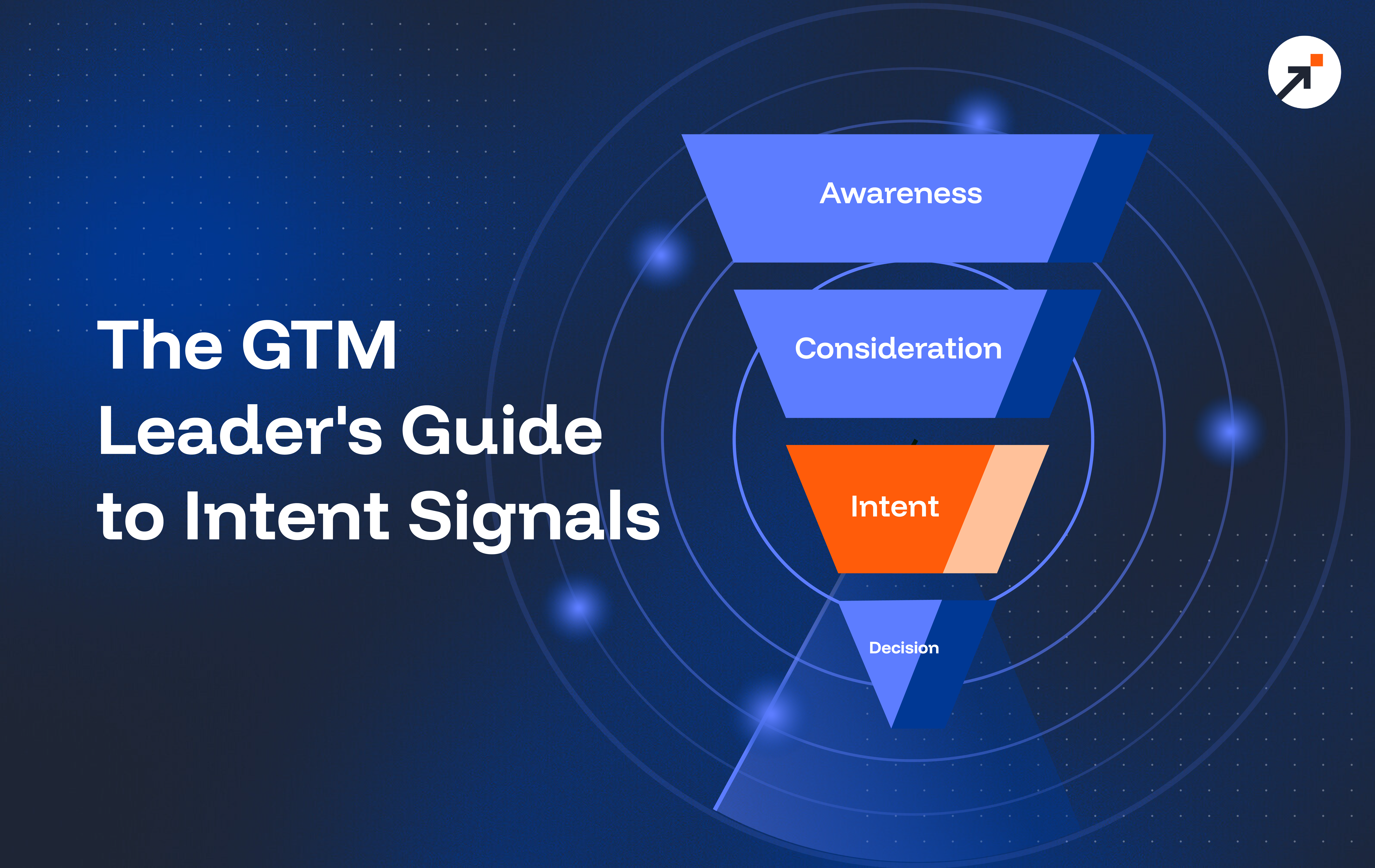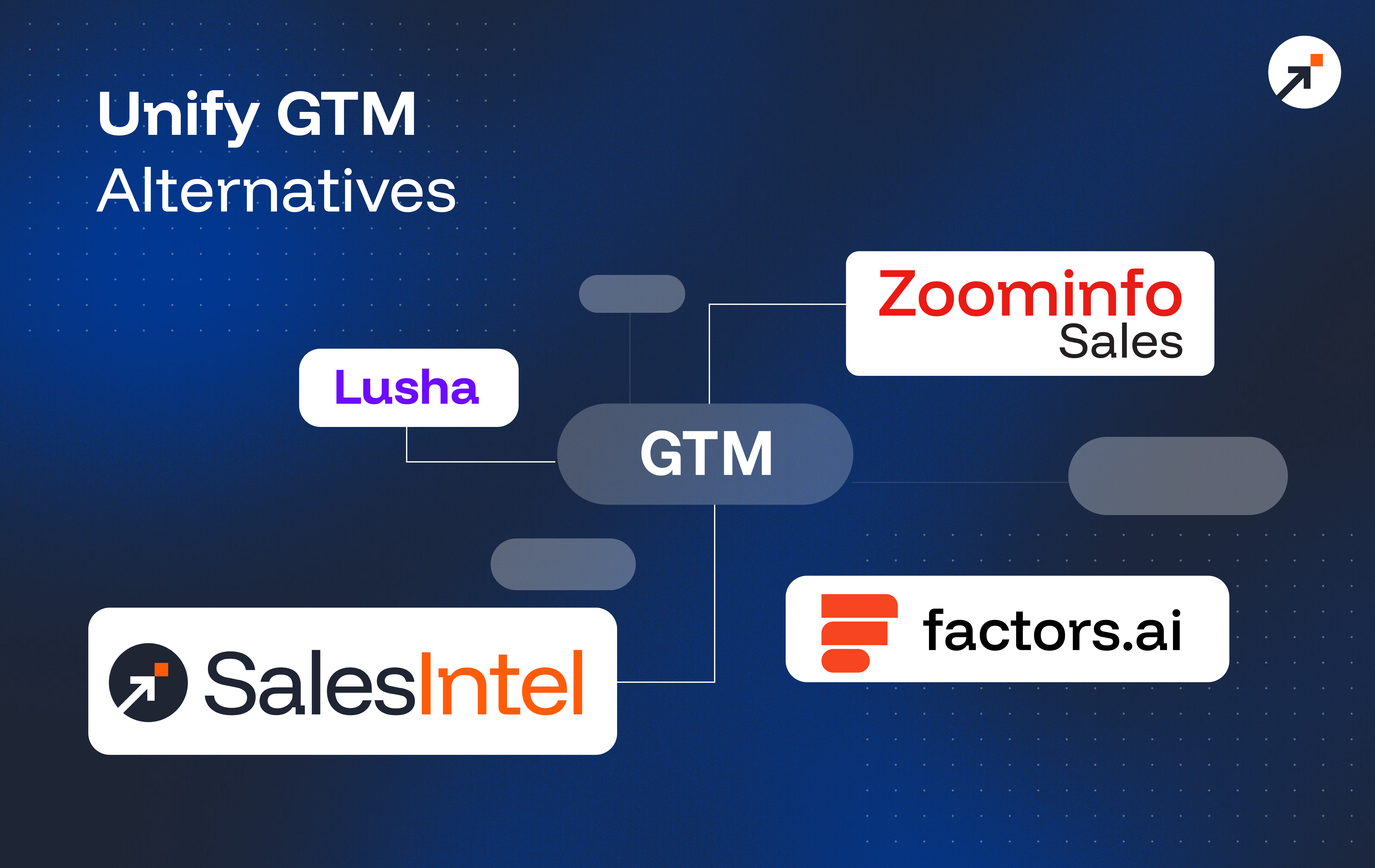Customer acquisition refers to the process of attracting and converting prospects into paying customers. It involves targeted strategies that capture the attention of potential customers, nurture their interest, and encourage them to make a purchase or sign up for a service. Whether a business operates in B2C or B2B markets, acquiring new customers is essential for growth and sustainability.
A well-structured customer acquisition funnel ensures that every step of the customer journey—from discovery to purchase—is strategically planned and optimized. In today’s competitive landscape, companies must deliver seamless, personalized experiences to stand out. Without a defined funnel, businesses risk missing out on opportunities, wasting resources, and failing to engage potential customers effectively. A modern customer acquisition funnel guides businesses in:
- Identifying and targeting the right audience
- Creating touchpoints that lead to conversions
- Minimizing customer acquisition costs
- Improving long-term customer relationships
Heading into 2025, B2B SaaS marketers and sellers must understand the changing market dynamics, especially with regards to the evolving buying behavior. This guide will provide actionable insights into every aspect of customer acquisition, including:
- The customer acquisition funnel and how it works
- Effective marketing strategies and acquisition channels
- How to calculate and reduce Customer Acquisition Cost (CAC)
- Tools, metrics, and strategies to measure success and optimize results
- Best practices to improve acquisition strategies and drive sustainable growth
What Is Customer Acquisition?
Customer acquisition is the process of finding, attracting, and converting new customers. The goal is to efficiently guide prospects through the buying journey—from becoming aware of a product or service to making a purchase or taking another desired action. Customer acquisition strategies focus not just on driving sales but also on building trust and fostering customer loyalty right from the start.
The Role of Customer Acquisition in Business Growth
Customer acquisition is a critical driver of business expansion. Companies need a steady influx of new customers to:
- Offset churn (lost customers)
- Enter new markets and grow revenue
- Strengthen their market position and stay ahead of competitors
- Expand brand awareness and increase reach
A sustainable acquisition strategy helps businesses maintain long-term profitability by ensuring they continuously attract new customers while retaining existing ones.
Key Differences Between Acquisition, Retention, and Lead Generation
- Customer Acquisition: Focuses on converting prospects into paying customers. It’s the first step in building relationships with new customers.
- Retention: Involves keeping existing customers engaged, satisfied, and loyal to the brand, encouraging repeat purchases and long-term relationships.
- Lead Generation: Refers to the process of attracting potential customers and gathering their contact information to nurture them further into the customer acquisition funnel.
In essence, acquisition is about closing deals, while retention focuses on keeping customers happy post-purchase. Lead generation, on the other hand, is an earlier step that feeds the acquisition process by gathering prospects.
Understanding the Customer Acquisition Funnel
The customer acquisition funnel refers to the stages a potential customer passes through on their journey from discovering a product or service to becoming a paying customer. This funnel helps businesses map the customer’s experience, track where leads drop off, and optimize efforts at each stage to maximize conversions.
Stages of the Customer Acquisition Funnel:
- Awareness:
-
- At this stage, prospects become aware of a business, product, or service for the first time.
- The goal is to capture attention through channels like social media, ads, blogs, SEO, or public relations.
- Metrics: Impressions, website visits, click-through rates (CTR).
2. Interest:
-
- Prospects show interest by engaging further—exploring the website, subscribing to emails, or attending webinars.
- This is the first signal of intent, and it’s essential to provide content that resonates with their needs.
- Metrics: Time spent on site, email sign-ups, event participation.
3. Consideration:
-
-
- Here, the prospect is evaluating different options, comparing products, or asking questions.
- Providing testimonials, product demos, or case studies is crucial at this point to build trust.
- Metrics: Demo requests, product comparisons, engagement with email campaigns.
-
4. Conversion:
-
- The prospect becomes a customer by making a purchase or signing up for a service.
- This stage is often supported by personalized offers, limited-time discounts, or easy checkout processes.
- Metrics: Sales, conversion rate, average order value.
5. Retention/Advocacy (optional but valuable):
-
- Although not part of the traditional funnel, retention ensures that customers continue using the product or service. Advocacy turns customers into brand ambassadors who promote the business through referrals or positive reviews.
- Strategies include loyalty programs, referral incentives, or exclusive offers.
- Metrics: Customer retention rate, Net Promoter Score (NPS), referral rate.
How the Funnel Aligns with the Customer Journey:
The customer acquisition funnel mirrors the customer journey, which includes the steps a buyer takes from discovery to purchase. Each funnel stage corresponds to specific customer behaviors and needs:
- Awareness = Discovery Stage
- Interest = Engagement Stage
- Consideration = Evaluation Stage
- Conversion = Decision Stage
- Retention = Loyalty Stage
This alignment ensures that businesses provide the right message at the right time to meet the customer’s expectations, resulting in higher conversions and improved satisfaction.
Visual Example of a Modern Acquisition Funnel:
Imagine a funnel-shaped diagram divided into five sections:
- The top (widest part) represents Awareness, where many people discover the business.
- As the funnel narrows, fewer prospects move to the Interest and Consideration stages.
- The bottom of the funnel reflects Conversion, where only a fraction of initial prospects become paying customers.
- The Retention stage (below the funnel) helps maintain customer loyalty and turn them into advocates.
Top Customer Acquisition Channels
Each customer acquisition channel serves a unique purpose and caters to different segments of your audience. Using a mix of these channels increases the chances of reaching potential customers across various touchpoints.
1. Paid Advertising (Google Ads, Facebook Ads)
Paid ads allow businesses to target specific audiences based on demographics, interests, and behaviors. Platforms like Google Ads and Facebook Ads provide precise control over budget and campaign performance, delivering results quickly. Moreover, the server-side Google Ads approach will allow you to evaluate the efficiency of your campaigns and configure your overall strategy even better.
- Advantages: Immediate traffic, targeted reach, measurable performance.
- Examples: Search ads, display ads, social media ads, remarketing.
2. Organic Search (SEO)
Search Engine Optimization (SEO) focuses on improving the visibility of your website or content in search engine results. Organic search drives long-term, sustainable traffic by aligning content with user intent.
- Advantages: High credibility, cost-effective over time, attracts high-intent users.
- Examples: Blog posts, product pages, FAQs optimized for keywords.
3. Email Marketing
Email marketing involves sending targeted messages to prospects and leads to build relationships and encourage conversions. It is especially effective in nurturing leads through the funnel.
- Advantages: High ROI, personalized messaging, automation-friendly.
- Examples: Welcome emails, drip campaigns, newsletters, abandoned cart emails.
This channel leverages social platforms like LinkedIn, Instagram, and Twitter to connect with prospects and engage them through content, conversations, and ads.
- Advantages: Builds brand awareness, encourages interaction, supports customer engagement.
- Examples: Organic posts, sponsored content, influencer marketing.
5. Referral Programs
Referral programs incentivize existing customers to refer your products or services to others. This method leverages word-of-mouth marketing to attract highly qualified leads.
- Advantages: Low acquisition cost, highly credible, increases customer loyalty.
- Examples: Referral bonuses, discounts for both referrer and referee.
6. Content Marketing
Content marketing focuses on creating valuable and informative content to attract, engage, and educate prospects. This can drive organic traffic and position your brand as an authority in the field.
- Advantages: Builds trust, enhances SEO efforts, nurtures prospects over time.
- Examples: Blogs, whitepapers, case studies, videos.
7. Events/Webinars
Hosting events or webinars helps businesses showcase their expertise and connect directly with potential customers. These interactions often lead to meaningful conversations and strong relationships.
- Advantages: Generates qualified leads, demonstrates thought leadership, creates networking opportunities.
- Examples: Virtual events, product demos, educational webinars.
Tips for Selecting the Right Channels for Your Business
- Know Your Audience: Choose channels where your target audience is most active.
- Align with Business Goals: Select channels that match your objectives, such as awareness, engagement, or conversion.
- Analyze Costs and ROI: Some channels may require more investment; ensure they provide sufficient returns.
- Test and Optimize: Experiment with multiple channels to identify what works best, then optimize based on performance.
- Leverage Analytics: Use tools like Google Analytics to track channel performance and shift budgets accordingly.
How to Measure Customer Acquisition Success
1. Conversion Rate
This metric measures the percentage of prospects who take a desired action, such as filling out a form or making a purchase. A high conversion rate indicates that your marketing efforts are effective.
Formula:
Conversion Rate = (Conversions / Total Visitors) × 100
2. Lead-to-Customer Rate
This metric tracks how many leads ultimately convert into paying customers. It reflects how well your sales and marketing teams are aligned in driving conversions.
Formula:
Lead-to-Customer Rate = (New Customers / Total Leads) × 100
3. Customer Lifetime Value (CLV)
CLV estimates the total revenue a customer will generate over their lifetime with your business. It helps assess how much you can afford to spend on acquiring each customer.
Formula:
CLV = Average Order Value × Purchase Frequency × Customer Lifespan
4. Return on Investment (ROI)
ROI measures the profitability of your acquisition efforts by comparing the revenue generated against the costs incurred.
Formula:
ROI = (Revenue – Cost of Acquisition) / Cost of Acquisition × 100
How to Minimize the Customer Acquisition Cost (CAC)
1. Optimize Spending Across Channels
Not all marketing channels provide equal value. Some channels may perform better based on your audience, product, or industry. Regularly analyze the performance of your campaigns and shift budget toward high-performing channels to ensure the best ROI.
- Example: If social media ads outperform search ads in generating leads, shift more budget toward social.
2. Use Automation Tools to Streamline Marketing Efforts
Marketing automation tools like HubSpot, ActiveCampaign, and Marketo can help streamline processes such as lead nurturing, email campaigns, and customer segmentation. Automation reduces manual work, shortens the sales cycle, and minimizes costs.
- Benefit: Automated workflows help engage leads efficiently without increasing headcount or resources.
3. Focus on High-Intent Leads
Targeting high-intent leads, such as those actively searching for solutions or engaging with your content, ensures your efforts are more likely to result in conversions. Tools like SalesIntel and intent data platforms can identify prospects who are closer to making a purchase decision.
- Benefit: Focusing on qualified leads improves conversion rates and reduces wasted marketing spend.
4. Invest in Content that Compounds (e.g., SEO)
Unlike paid ads, SEO-driven content has a compounding effect over time. Blog posts, how-to guides, and case studies that rank well in search engines continue to attract organic traffic for months or years, lowering long-term acquisition costs.
- Example: A well-optimized blog post can generate consistent leads without additional advertising spend.
5. Leverage Customer Referrals and Word-of-Mouth
Referral programs and word-of-mouth marketing are highly effective because referred customers trust the recommendation and are more likely to convert. Additionally, referrals have lower acquisition costs since they require minimal marketing investment.
- Example: Offering discounts or rewards for referrals can encourage existing customers to promote your brand, increasing new customer acquisition organically.
By calculating CAC accurately and implementing strategies to minimize costs, businesses can maintain profitability while scaling their customer base. Optimizing channels, leveraging automation, and investing in long-term strategies like SEO and referrals ensure sustainable growth with lower acquisition costs.
Customer Acquisition Strategies for 2025 and Beyond
As customer behavior and technology evolve, businesses need forward-looking strategies to stay competitive. Below are the top acquisition strategies for 2025 and beyond:
1. Utilizing AI-Driven Tools for Personalized Marketing
Artificial Intelligence (AI) enables businesses to deliver hyper-personalized experiences by analyzing customer data in real time. AI-driven tools like chatbots, recommendation engines, and predictive analytics improve engagement and boost conversions.
- Example: AI can send personalized emails based on customer behavior, like abandoned carts, increasing the chances of conversion.
- Tools: Salesforce Einstein, HubSpot’s AI-powered CRM, and personalized ad platforms.
2. Building Customer Loyalty Early in the Funnel
Creating meaningful engagement early in the acquisition funnel leads to stronger customer loyalty. Offering incentives like exclusive access, free trials, or loyalty programs helps convert prospects into long-term customers.
- Benefit: Customers acquired through loyalty incentives tend to have higher retention and repeat purchase rates.
3. Diversifying Acquisition Channels
Relying on just one or two channels is risky. In 2025, businesses need to diversify their acquisition efforts across multiple platforms—organic, paid, social, and events—to reach a broader audience.
- Example: Combining SEO, social media ads, email campaigns, and webinars ensures prospects are engaged at various touchpoints.
- Tip: Analyze which channels yield the best ROI and prioritize them while maintaining presence across others.
4. Leveraging Intent Data for Smarter Targeting
Intent data reveals which prospects are actively searching for your solutions, allowing you to target them more effectively. This approach reduces wasted ad spend and improves conversion rates by focusing on prospects with high purchase intent.
- Example: Tools like SalesIntel’s VisitorIntel can identify anonymous website visitors, narrowing down leads and improving targeting.
5. Creating Seamless Omnichannel Experiences
Modern customers expect consistency across all interactions with a brand—whether on social media, email, or in-store. Providing seamless omnichannel experiences ensures prospects move smoothly through the funnel, enhancing conversion rates.
- Example: An integrated CRM ensures that if a lead engages with your brand on social media, your email marketing and sales team can follow up with relevant content and offers.
The Road to Sustainable Customer Acquisition
In this guide, we explored:
- The fundamentals of customer acquisition and the value of a well-structured funnel.
- Effective acquisition marketing strategies and how they align with the customer journey.
- Key acquisition channels such as paid ads, SEO, and referral programs, along with metrics to measure success.
- How to calculate and minimize Customer Acquisition Cost (CAC).
- Future-proof strategies, including AI-driven tools, intent data, and omnichannel experiences, for sustainable growth in 2025 and beyond.
Customer acquisition isn’t a “set-it-and-forget-it” process. As markets shift and customer behaviors evolve, businesses must continually monitor performance, experiment with new approaches, and adapt to emerging trends. Agility and data-driven insights are crucial for maintaining a competitive edge.
Experiment, Measure, and Scale with SalesIntel
Success in acquisition lies in constant iteration—testing strategies, measuring outcomes, and optimizing campaigns. SalesIntel empowers businesses by providing high-quality data, intent-driven insights, and tools to fine-tune outreach efforts. With solutions like VisitorIntel, identifying high-intent leads using intent signals, maximizing campaign ROI becomes easier, giving you an edge in today’s competitive landscape.
SalesIntel helps you stay ahead of the curve by aligning your acquisition efforts with business goals and enabling smarter decisions based on real-time data. So don’t just stop at acquiring customers—keep refining, experimenting, and scaling your strategy for long-term growth and profitability.




